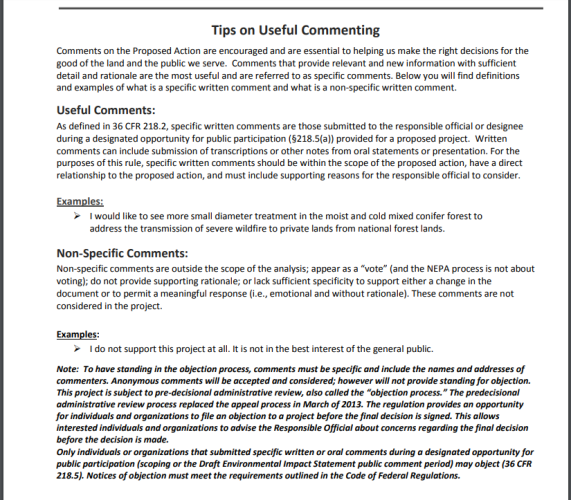RobG
Well-known member
Switchback Ranch is owned by a YC member named David Leuschen. (FWIW, he is putting a conservation easement on Section 7, Crazy Peak.) The Crazy Mountain Ranch was recently bought by the parent group of YC. Their only role is to donate a section of land containing Smeller Lake, which is actually a big win for the public.Ya, I'm with you. There is no way that the private interest is doing this for the public good.
I heard that two of the ranch owners are members of YC. Anyone know if that is truth?








